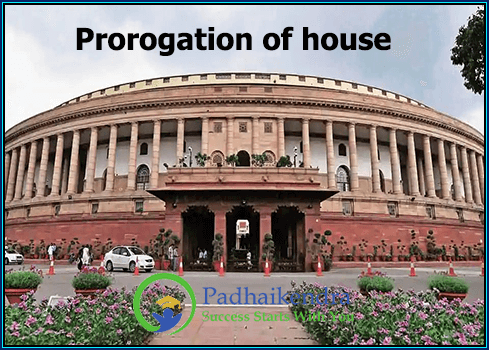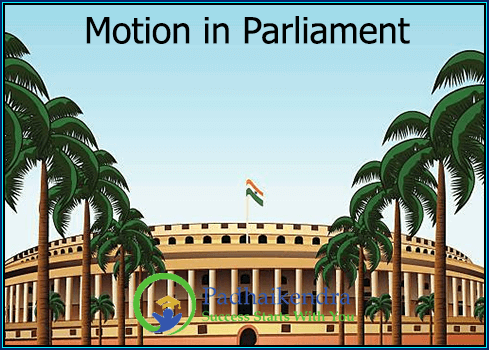The procedure for the creation of a new state in India is laid down in Article 3 of the Constitution of India. The power to create new states or alter the boundaries of existing states lies with the Parliament of India.
The procedure for the creation of a new state is as follows:
- A resolution has to be passed by the state legislature of the concerned state, seeking the formation of a new state or the alteration of boundaries of an existing state.
- The resolution has to be sent to the Parliament of India, which may then introduce a bill for the creation of a new state or alteration of boundaries of an existing state.
- The bill has to be passed by both Houses of Parliament with a two-thirds majority.
- After the bill is passed by Parliament, it has to be signed by the President of India.
- Once the bill is signed by the President, the new state or the altered state boundaries come into existence on a date specified in the bill.
It is important to note that the state legislature’s resolution and the bill introduced in Parliament must be in accordance with the Constitution of India. The proposed new state or altered boundaries must not affect the territorial integrity of any other state, and the interests of all communities, including linguistic minorities, must be taken into account.
The procedure for the creation of a new state in India involves a resolution by the state legislature, a bill passed by both Houses of Parliament, and the President’s assent. The process is designed to ensure that the new state’s formation or altered boundaries are in accordance with the Constitution and do not harm the interests of any other state or community.





